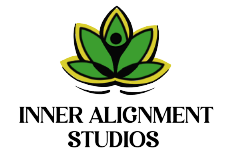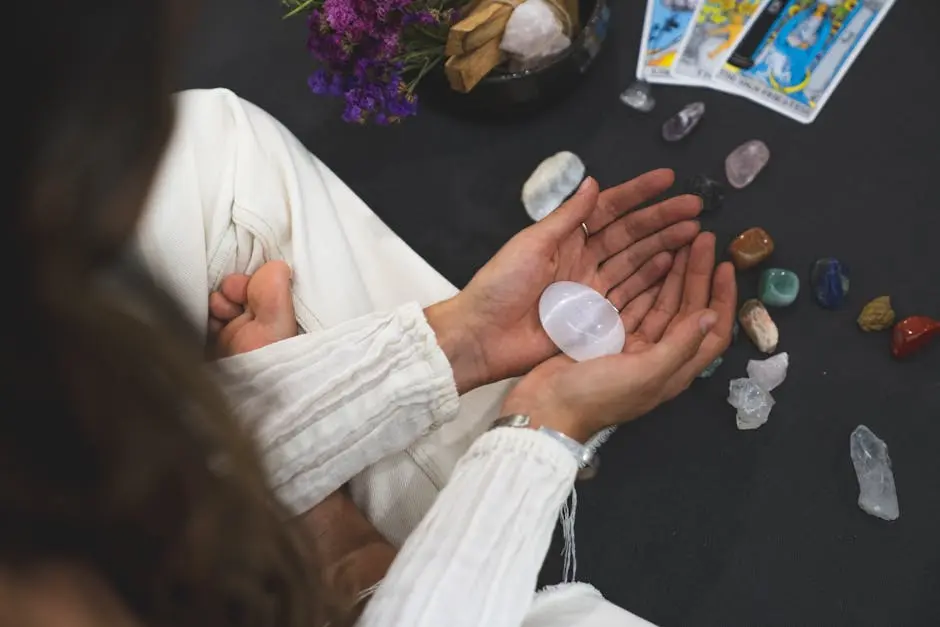Holistic healing arts encompass a variety of practices that focus on the mind, body, and spirit to promote overall wellness. As we navigate life’s challenges, our emotional well-being often requires nurturing. In this blog, we’ll explore how different holistic approaches can support and enhance our emotional health.
Understanding Holistic Healing Arts
Holistic healing arts focus on treating the individual as a whole, rather than just symptoms. This section will define what holistic healing means and its core principles.
At its core, holistic healing recognizes the interconnectedness of the mind, body, and spirit. Each element plays a crucial role in our overall health, influencing how we feel emotionally and physically.
By embracing holistic practices, you’re not just addressing a singular issue; you’re fostering a healthier lifestyle. This comprehensive approach can enrich emotional health by nurturing all facets of your being.
Mindfulness Practices
Mindfulness practices such as meditation and yoga can significantly enhance emotional well-being by promoting relaxation and reducing stress. This section will discuss specific techniques and their benefits.
Mindfulness encourages us to live in the moment, creating a space where worries about the past or future fade away. Meditation, in particular, trains the mind to focus, which can alleviate anxiety, helping you to discover inner peace.
Yoga complements mindfulness by combining physical movement with breath, promoting not just physical health, but also emotional clarity. The connection between breath and emotion is powerful, enabling release and insight.
Engaging in mindful practices regularly can lead to profound changes. Not only does it reduce stress, but studies also show that it enhances emotional resilience, equipping individuals with better coping mechanisms.
Energy Healing Techniques
Techniques like Reiki and acupuncture focus on balancing the body’s energy, often leading to emotional healing. Here, we’ll delve into how energy healing works and its emotional benefits.
Energy healing recognizes that emotional blockages can manifest physically. By using gentle touch or needle points, practitioners can facilitate the flow of energy, promoting both relaxation and emotional release.
For many, Reiki becomes a transformative experience, providing deep relaxation and a sense of safety, which can be pivotal in the healing process. Through this deep relaxation, emotional burdens can begin to lift.
Acupuncture, on the other hand, stimulates specific points on the body, releasing energy pathways and helping to harmonize emotional states. This practice is noted for its effectiveness in addressing anxiety and depression.
Art and Creative Therapies
Creative expressions through art or music can be powerful therapeutic tools. This section will explore how engaging in creative activities can improve mood and emotional health.
Artistic endeavors provide an outlet for emotions that may be difficult to express verbally. Whether through painting, writing, or music, creative therapies allow individuals to translate their feelings into something tangible.
Music therapy, in particular, fosters emotional release and connection. Listening to or creating music can lead to increased feelings of joy and can help process complex emotions, promoting healing.
Imagine tapping into your creative side not only to express yourself but also to heal. Workshops focused on art therapy are a popular approach, offering structured environments for exploration and connection.
Integrating Nature into Healing
Spending time in nature or practicing eco-therapy can boost emotional well-being. We’ll discuss the importance of nature in holistic healing and practical ways to incorporate it.
Nature has an uncanny ability to calms the mind and soothe the spirit. Scientific studies have shown that even short walks in green spaces can reduce feelings of anxiety and promote a sense of tranquility.
Practicing eco-therapy, which involves connecting with nature for emotional healing, can take many forms—from gardening to hiking. Each interaction with the natural world brings rejuvenation and a greater sense of belonging.
As we explore how to incorporate more nature into our healing practices, consider simple changes. Start with daily walks, create a personal garden, or even just open a window to let in fresh air and sunlight.
Finding the Right Approach for You
With so many holistic healing options available, it’s essential to find what resonates with you. This final section will provide tips on how to choose the right practices for your emotional well-being.
Start by exploring different methods and being open to what feels right. Attending workshops or classes can provide insight into what practices resonate. Listen to your intuition; it often guides you toward the best path.
It’s also beneficial to keep a journal detailing your experiences with various techniques. Reflecting on how different practices affect your emotional state can offer clarity on what truly helps you.
Lastly, remember that everyone’s journey is unique. It’s perfectly normal for what works for one person to differ greatly for another. Take your time, experiment, and embrace the journey of discovery.
Embracing Holistic Healing
Effectively integrating holistic healing arts into daily life can lead to significant improvements in emotional well-being. By exploring these various methods, individuals can find what resonates with them, providing tools for resilience and emotional balance.


